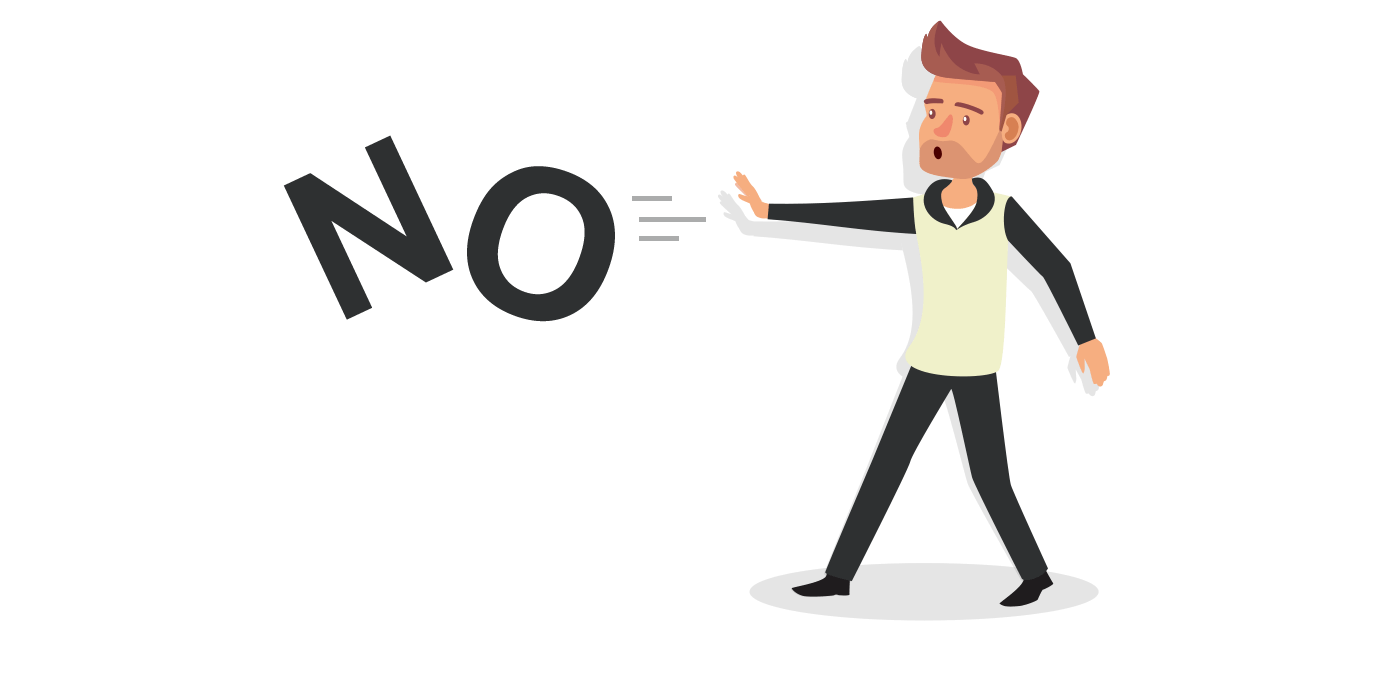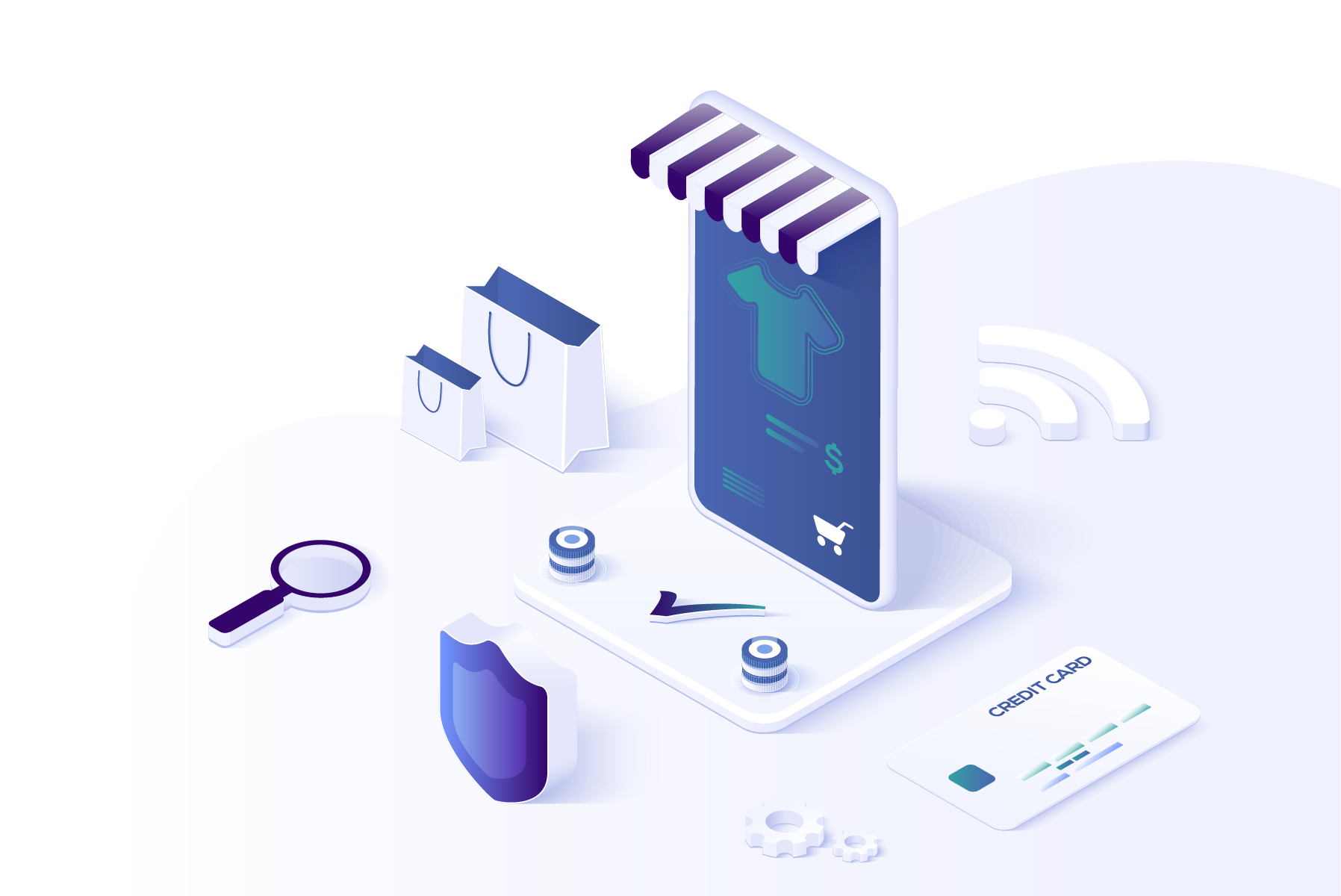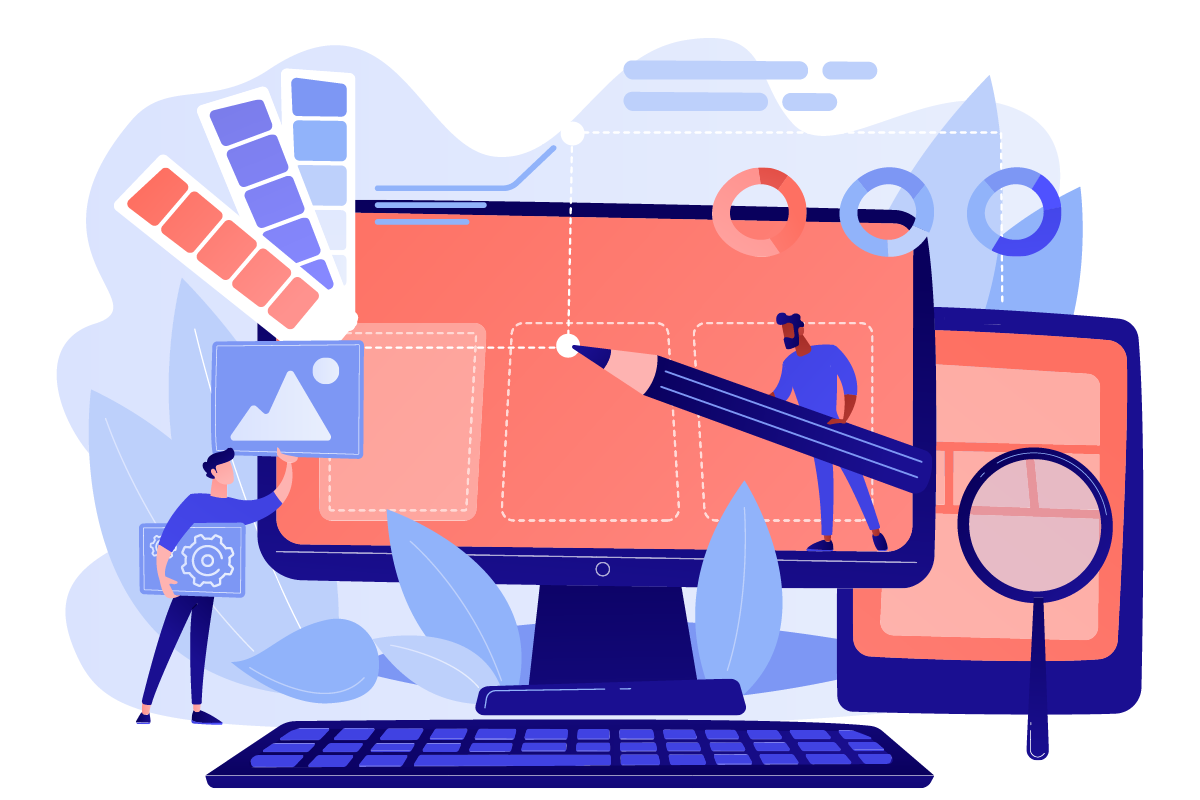How to communicate with your web designer or digital agency (and how not to)

source: freepik.com
In this day and age, there’s no fighting it: if you have a business of any kind, you need a website. And sure, you can build a simple wordpress site or pay a high monthly fee for a subscription at Squarespace, but to really showcase your product or service and promote your brand, you need a custom-built website, and thus, you’ll need a web designer or digital agency.
The good news is that there are more excellent web designers, developers and digital agencies than ever before who are committed to serving their clients’ needs. The designer/client relationship can be a fruitful collaboration full creativity and mutual respect. But it can also be famously difficult, especially when the objectives aren’t clear from the start. So what’s the best way to approach your relationship with your web designer or agency?
How to start
Before you even begin to deal with communication, you need to make sure you hire the right designer or agency in the first place. This naturally has to be someone or a group of people you feel comfortable communicating with and whom you trust, but also whose style you love. You wouldn’t expect picasso to paint like Rembrandt, so why would you expect a designer who exclusively works with bold, splashy colours to design a muted, understated website? Think about your expectations: what are the feelings you want to evoke? What functionality do you want to offer your users? Do some research and think about how certain designs and functionalities could suit your brand.
Set goals
Once you’ve found someone you want to work with, it’s time to move forward with planning out the workflow. Present your designer with some examples of websites you like, but don’t expect them to make a carbon copy of that website and slap your logo on it. You are paying them for their talent, skill and vision, not just to duplicate another website. Think of it as a collaborative effort: two entities coming together with a collective goal of building an innovative and functional product.
Sarah Rose a UX designer working in Paris, suggests having clear objectives from the beginning and keeping them in mind throughout the process: “Try to structure the discussion around goals: company goals, user goals, accessibility, usability.” At the beginning of the project, establish the goals and tone you’d like to achieve. The designer or digital agency should then present you with a briefing, followed by some mockups.
Take it one step at a time
It’s important to do things step by step to make sure that you are happy with the progress of the project; don’t do everything at once. Once you’ve approved the mockup, request a landing page design first and make the necessary changes before moving forward. Also, streamlined communication is important, and be wary of getting too many people involved. “Avoid design by committee or multiple stakeholders,” says Sarah. “If the project involves multiple people, designate one person to be the primary contact and who will eventually call the shots. The goal is also to limit the rounds of feedback. An ideal amount of feedback is 3 rounds.”
And when it comes time to give feedback, Sarah suggests avoiding blanket statements like “I don’t like this,” and doing the work of figuring out how the design can be improved to meet your expectations and offering constructive, useful comments. Consider using tools like Symu which allows clients to pin and comment on specific points on the design they don’t like and articulate how they would like them improved.
Don’t micromanage
Hiring a designer or agency is, to a certain extent, about giving up control to get the best possible outcome. As Josh Catone from Mashable notes: “One of the hardest things for a client to do, but one of the most necessary, is to give up control. That doesn’t mean you won’t get what you want or that you can’t offer feedback, but micromanaging the design process is a terrible idea. You’re hiring a designer because you value her expertise and skill, so trust her to take your initial input and create something that works.” Let your designer or agency team guide you, and trust that they know what they’re talking about when they tell you something likely won’t work. They’ve done this before.
Embrace change
Hiring the right designer or digital agency can transform your business for the better, and knowing what you want and how to communicate with them can save you valuable time and money, not just now, but for the future. After all, just like any product, your website will need to evolve to reflect technological advancements, another point emphasised by Sarah:
Keep in mind that web design is a flexible, ephemeral medium. Technology evolves very quickly: accept that you will probably make changes to your website sooner rather than later. With this mind, ask yourself, ‘Am I building a product that will be easy to administer and change in the future?’ Have a zenful, flexible approach. You are probably spending a good amount of money, but you are not etching your product in stone. A good designer is not precious about their work: they will help you build a product that will be able to accommodate future changes. Future changes may include future content, future administrators, future developers and, of course, future designers.






